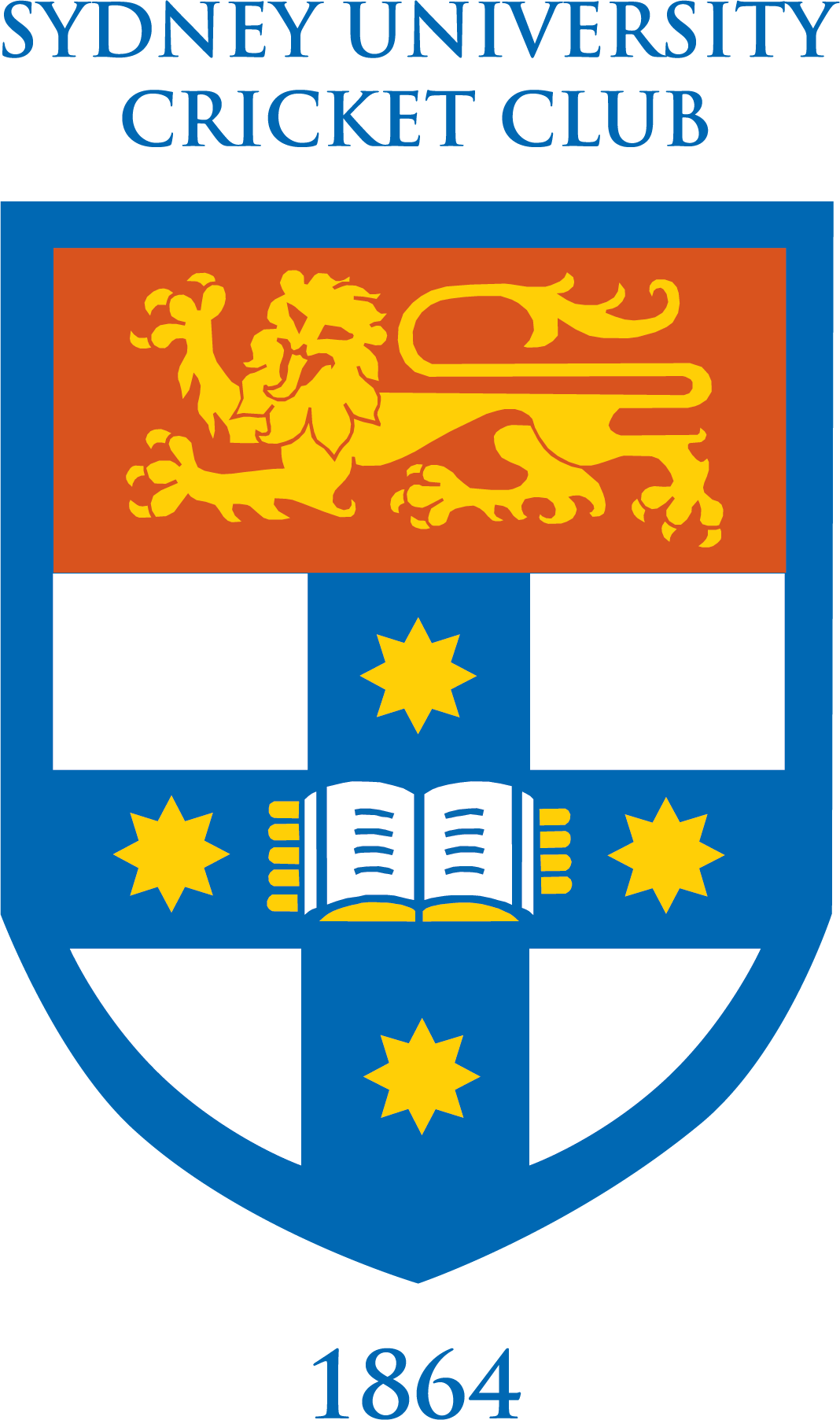MAJOR JOHN NICHOLAS FRASER ARMSTRONG (SUCC 1902-04)
Killed in France 5 July 1916
Major Armstrong of the Royal Engineers was supervising the draining of a trench on the morning of Wednesday 5 July 1916. The weather, which had been fine, closed in on 4 July and the trenches filled easily. Amidst the noise and chaos of battle, Armstrong was hit by a shell. He died later that day and was buried in the Fricourt British Cemetery.
This was the fifth day of the relentless Battle of the Somme which eventually lasted for 141 days and which resulted in over one million casualties. This joint attack by the British and French forces on German positions at Picardy, astride the Somme River, had a net gain of six miles of ground.
Armstrong was born in 1878 in England into a well-connected family. His father was a law graduate of Oriel College Oxford. His maternal great grandmother was Mary Reibey (1777-1855), transported to NSW as a convict but who became a successful business woman and property owner and whose image is now on our $20 notes. John Armstrong was educated at Sydney Church of England Grammar School (‘Shore’) after his family returned to Australia. Incidentally, ‘Wisden Cricketers’ Almanac’ makes a rare mistake when it gives his school as ‘Sydney Grammar’. At Shore, he was a successful and talented sportsman, winning ‘Blues’ for Rowing (bow seat in the 1st crew), Rugby Football (a powerful scrummager and light-footed lineout jumper) and Cricket (opening bowler, leading wicket taker, who also batted at number 3).
Leaving Shore in June 1897 with a swag of sporting prizes, he enrolled in Arts at Sydney University but discontinued after First Year 1898.
Returning in 1901, this time he enrolled in the Faculty of Engineering, sitting and passing a demanding series of first year exams in Chemistry, Physics, Maths, Geometry, Geography and Design and Drawing. He seemed to have found his feet and resumed his sporting career with relish. He rowed in the Sydney University Eight which had an emphatic win over Melbourne and Adelaide on the Parramatta River in 1903 and opened the bowling for the University 1st XI when the Club was readmitted to the 1st Grade Competition in 1902, having been restricted to the 2nd Grade Competition for four seasons.
Graduating with a Bachelor of Engineering (Mining and Metallurgy)in 1904, Armstrong made his way to South Africa where he was Manager of one of the De Beer’s mines in the Kimberley.
When war was declared, Armstrong was already 36 years old but the patriotic call was insistent and he enlisted in England and was immediately appointed to the rank of Captain on 23 October 1914. He had some military experience, having served in a volunteer force, the Irish Rifles, in Sydney while he was an undergraduate, rising to the rank of Captain. During 1915, Armstrong raised and trained a new company, the 128th Field Company of the Royal Engineers and was sent to France where he was plunged into active service from August 1915.
Amidst the slaughter on the Somme and the thousands of deaths, there was no formal obituary for John Armstrong.
He had written a short account of his time in France which was published in Shore’s magazine, ‘The Torchbearer’ in April 1916 and his former schoolmates were advised of his death in the next edition of the magazine. His name is listed on the school’s substantial Roll of Honour and on that of the University of Sydney. He has a marked grave at Fricourt.
But, John Nicholas Fraser Armstrong has been all but forgotten by the Club which he once proudly represented.
When you next take out a $20 note from your wallet, pause for a moment on Mary Reibey’s image, and today, remember her great grandson, killed in France 103 years ago.
James Rodgers

